“Trucks from Zwickau, Werdau, and Ludwigsfelde”
A new book in German by Günther Wappler with a wealth of content
There are many book lovers among commercial vehicle enthusiasts, otherwise new publications on this topic would not be appearing so frequently. From now on, we will be presenting new books that we think will be of interest to our target audience. We start with the book “Trucks from Zwickau, Werdau, and Ludwigsfelde” by Günther Wappler, published by Podszun-Motorbücher. The 173-page book is approximately A4 size and contains 555 illustrations. Anyone who still has gaps in their knowledge of truck production in the GDR will undoubtedly need this book.
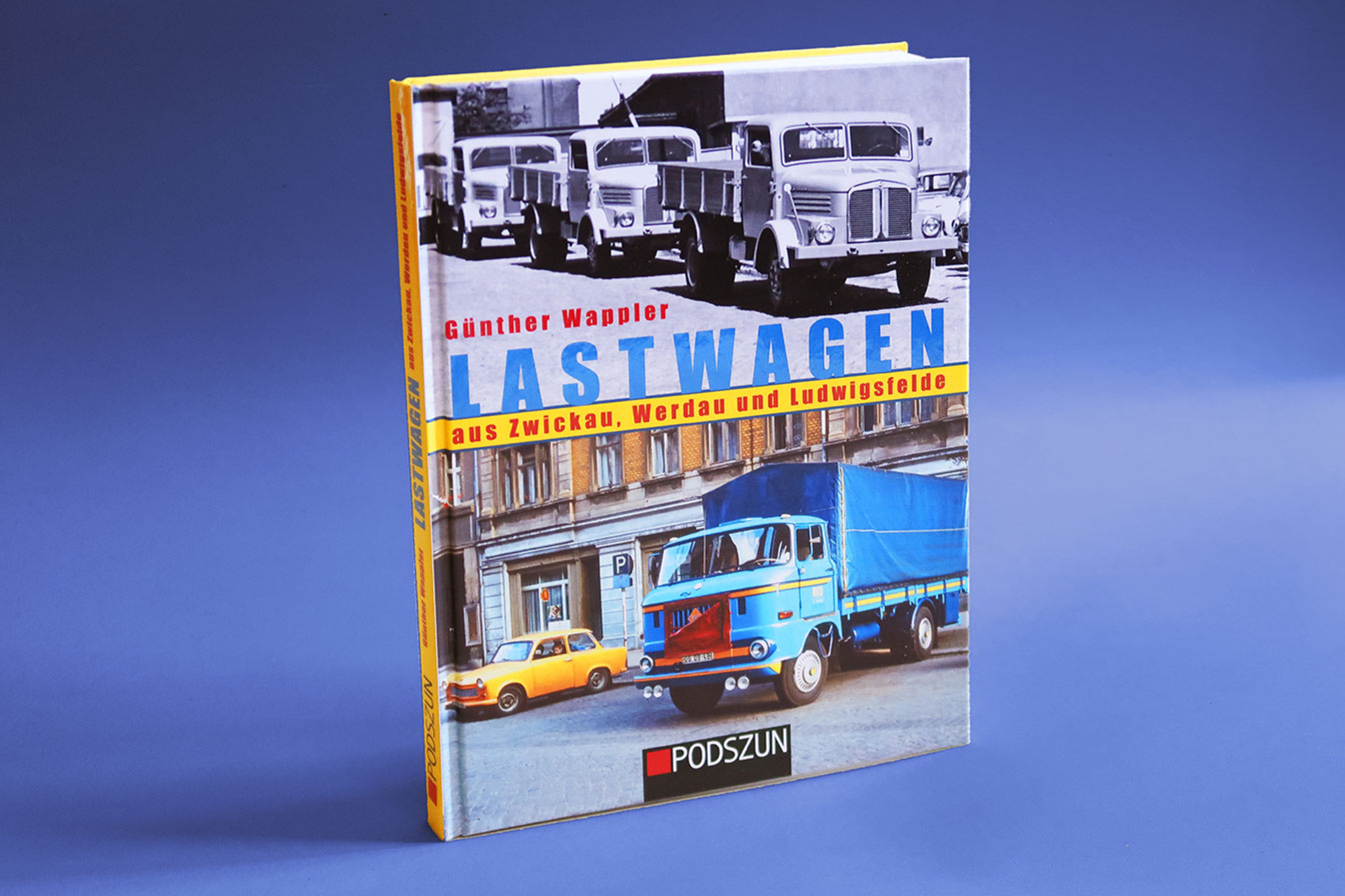
Although we ourselves have already archived hundreds of commercial vehicle books and are well versed in this area, we were quite amazed when leafing through this book. The enormous number of illustrations includes not only countless old and newer photographs, but also reproductions of brochures, type sheets, factory documents, posters, and much more. Since the author, Günther Wappler, is himself a model collector, he has added the corresponding photos of model cars to all the vehicles featured in the book, where available. All in all, this book contains a wealth of information in words and pictures that is rarely found elsewhere. Praise is also due to the Podszun publishing house, whose layout department has arranged the multitude of different templates and text in a clear and concise manner. We are convinced that anyone interested in the history of East German commercial vehicles will get their money's worth with this work (namely €39.90).
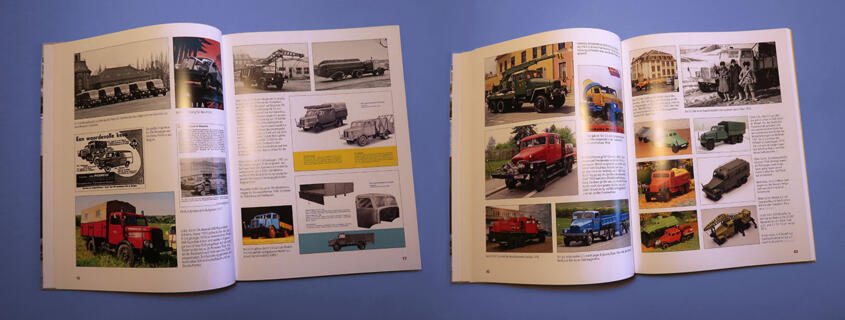
Günther Wappler, born in 1950, provided us with all kinds of information for this book review. First, he told us a little about himself: he grew up in Königswalde near Werdau, learned about agricultural technology of the 1960s and 70s during his training as an agricultural engineer, and served in the National People's Army as a driver. As a bus driver for the Zwickau municipal transport company, he became familiar with almost all types of buses manufactured by the Hungarian company Ikarus. He then worked as a driver for the Zwickau municipal construction company. In early retirement, he worked as a plant operator in a chemical company, i.e., as a skilled worker who operates, monitors, and maintains production facilities. In retirement, he was finally able to devote himself fully to the history of commercial vehicles in the GDR, publishing several books on the subject and also writing about collecting model cars.

The book presented here, “Trucks from Zwickau, Werdau, and Ludwigsfelde,” has two predecessors on similar topics, which Günther Wappler wrote about 20 years ago. Based on many new findings and countless new documents and photos, he has since delved deeper into the subject and completed this book, also using previously published material. It offers a comprehensive overview of truck manufacturing in the GDR.
Günther Wappler has written a summary of the creation of his books especially for this book review and added a series of photos to whet the appetite for his new book. We don't want to miss the opportunity to reproduce his text here and publish a selection of the photos. It starts here:
There were three locations in East Germany where trucks were produced: Zwickau, Werdau, and Ludwigsfelde. In 1965, a complete restructuring took place, as a result of which only the automobile factory in Ludwigsfelde continued to build trucks.
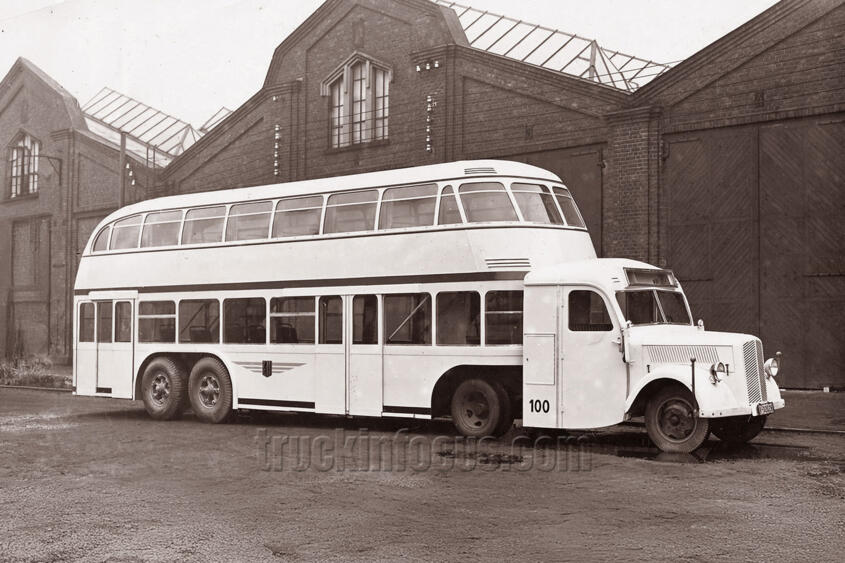
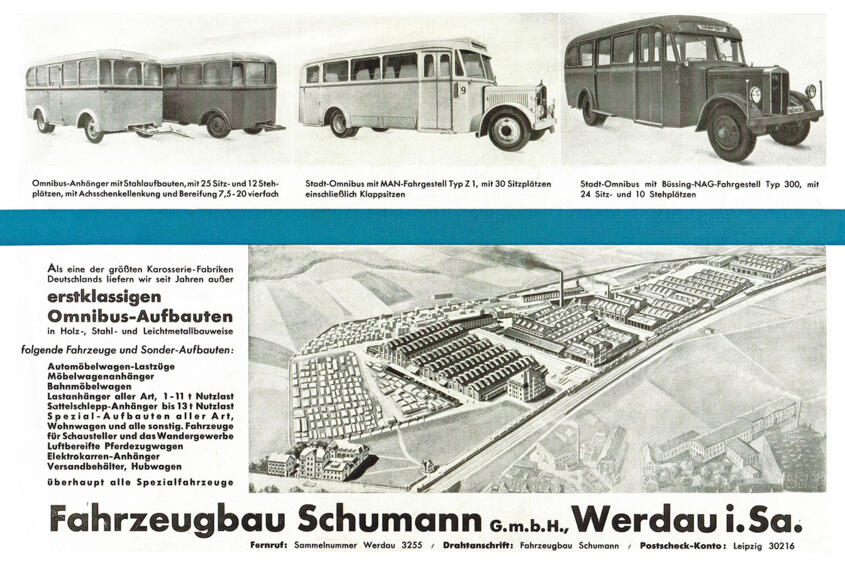
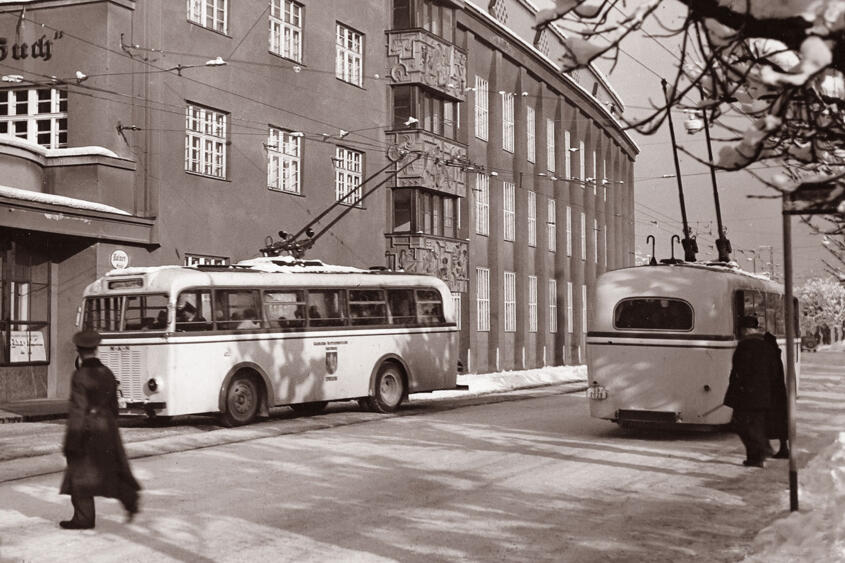
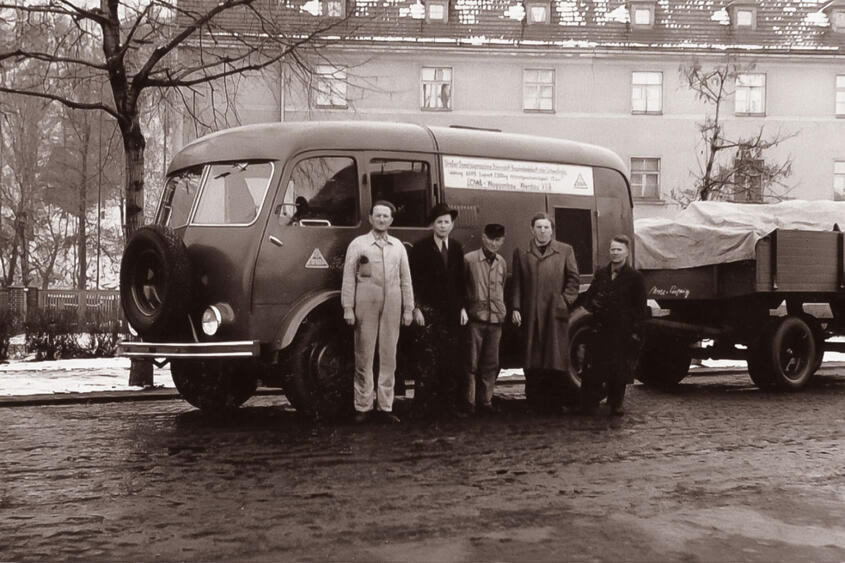
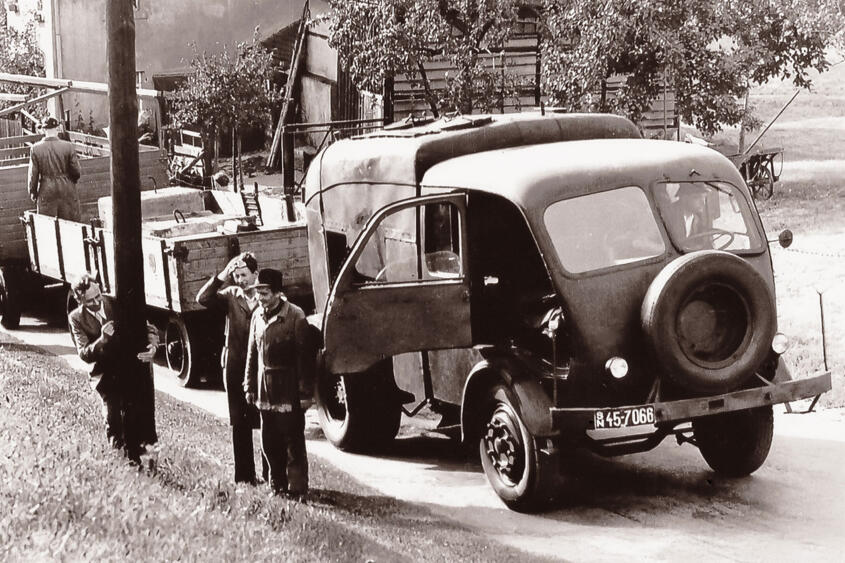
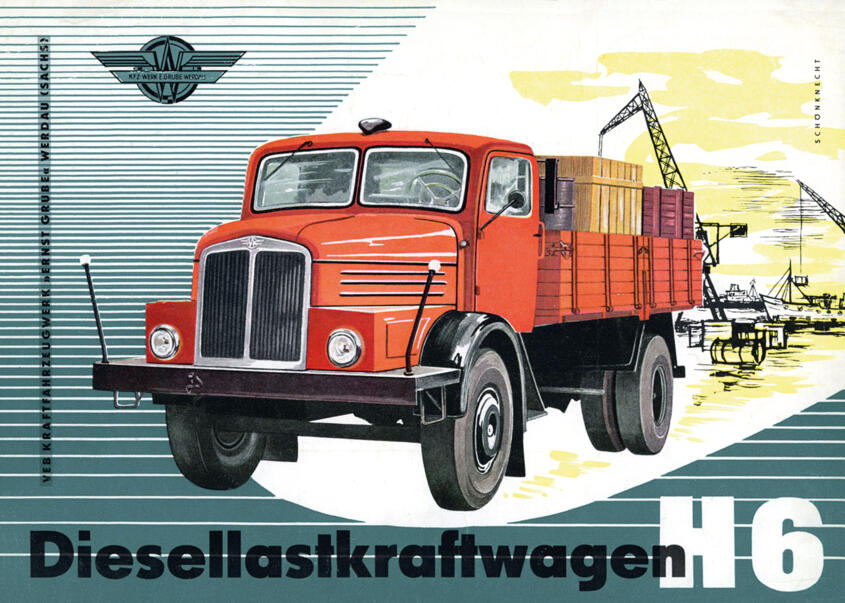
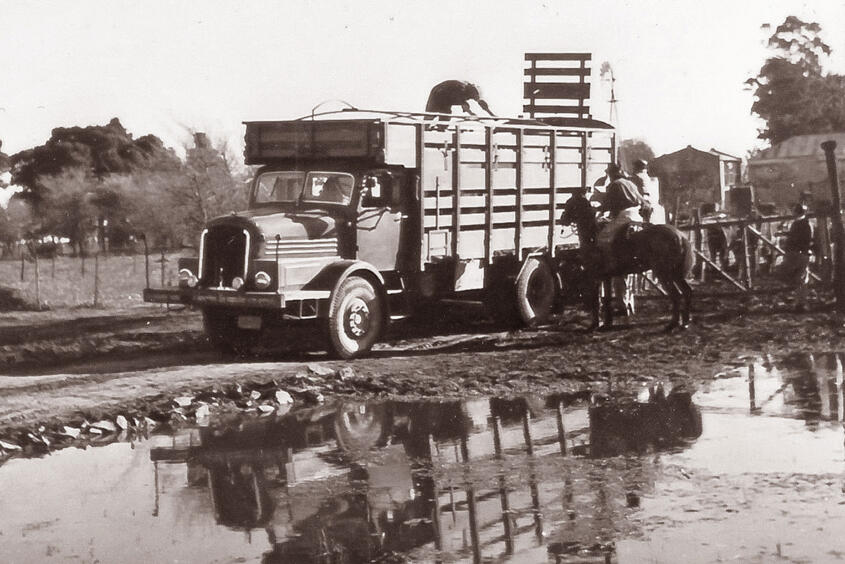
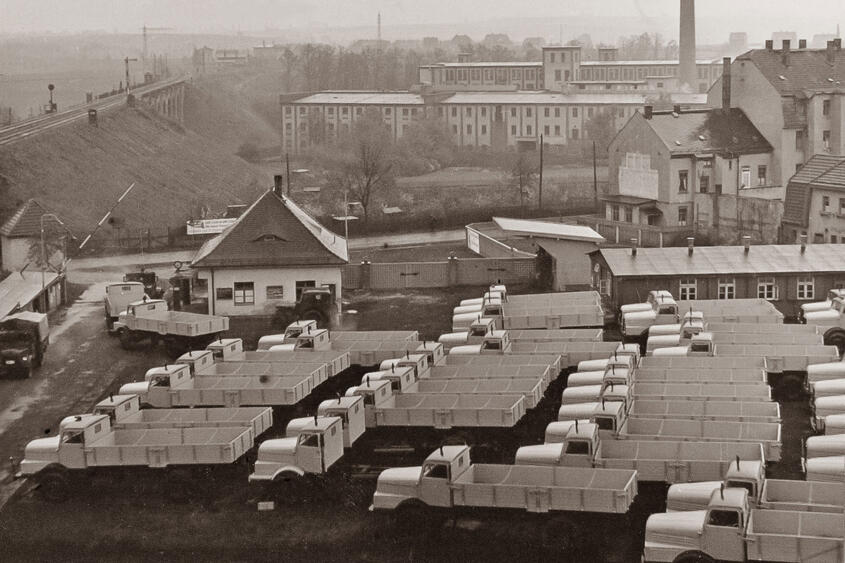
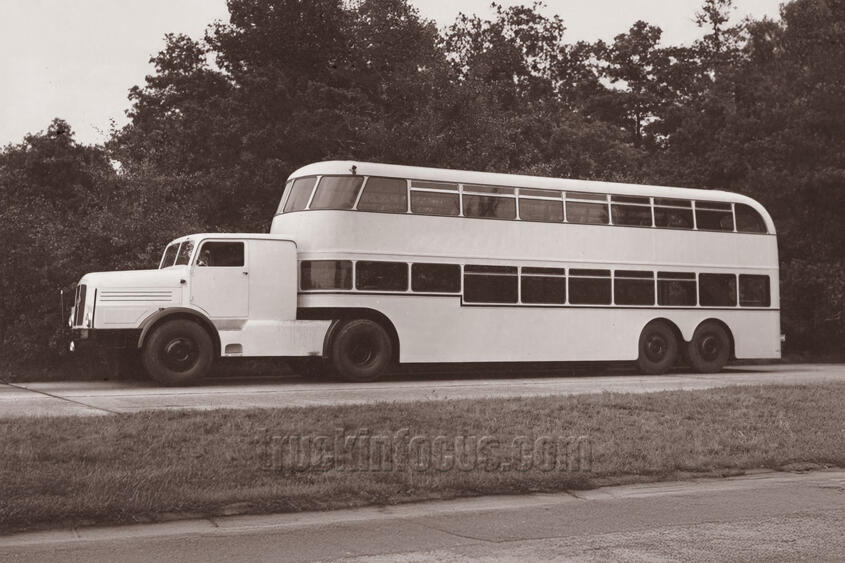
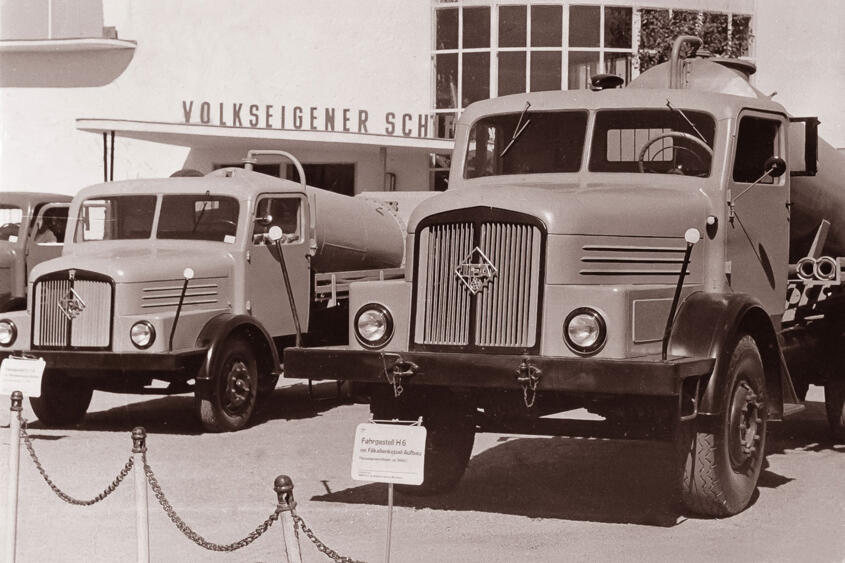
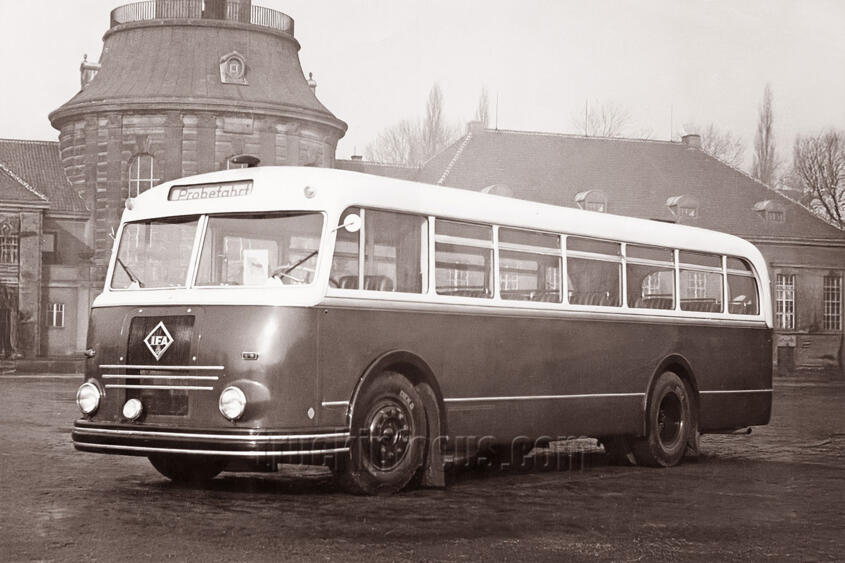
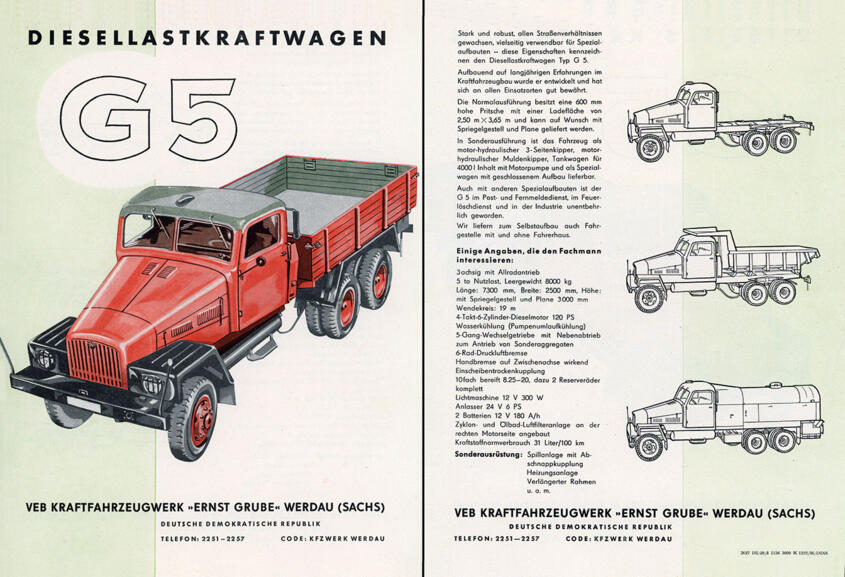
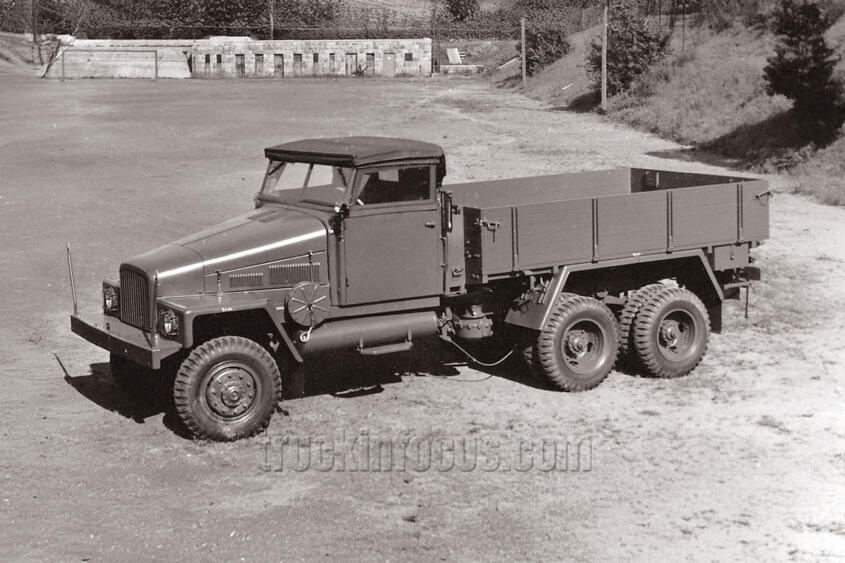
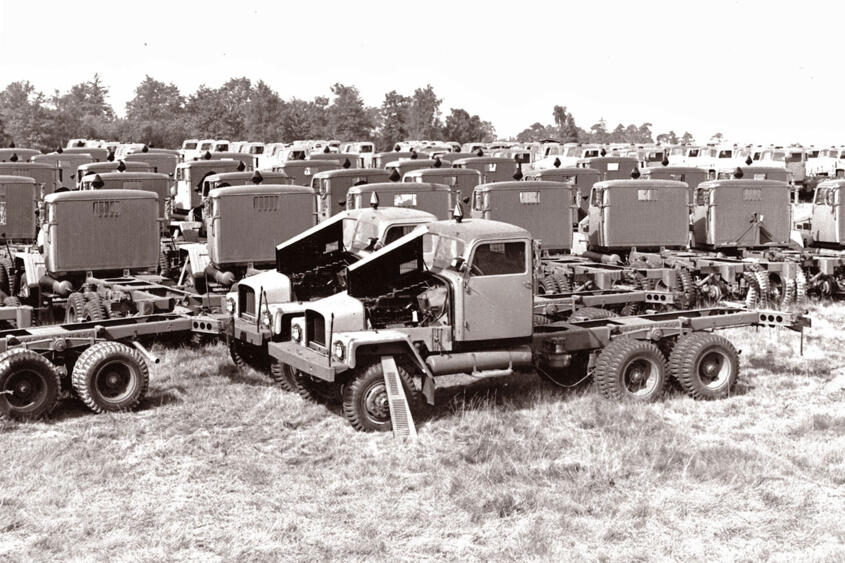
Truck production in the GDR began in 1947 with the H3 model at Horch in Zwickau. This truck was an assembly of remaining pre-war parts, including the Maybach engine. In 1950, the H 3 A, the first truck developed in the GDR, was built in Zwickau. It was further developed into the S 4000-1 by 1959. In favor of car production, truck production was then relocated to the neighboring plant in Werdau. But why Werdau? These and other questions aroused my curiosity, because the entire history of East German truck production was initially quite opaque. This was not only due to various production relocations, but also because much of it had not been made public. For example, it only came to light after 1990 that, in addition to the series-production vehicles, there was a whole series of experimental vehicles that disappeared into obscurity after testing. Over the years, a rigid planned economy and backward-looking thinking prevented many technical advances. To find out exactly what happened, I first had to conduct thorough research in various archives, then piece together the details and uncover the connections.
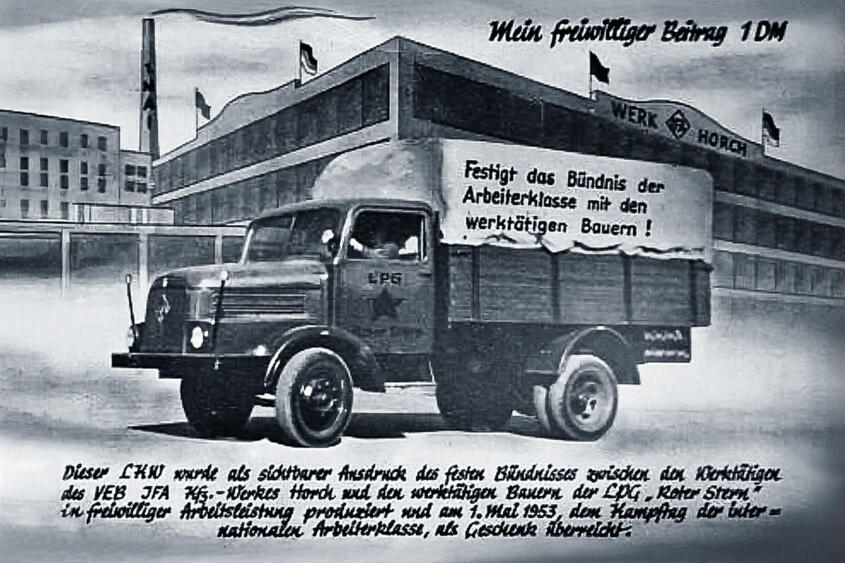
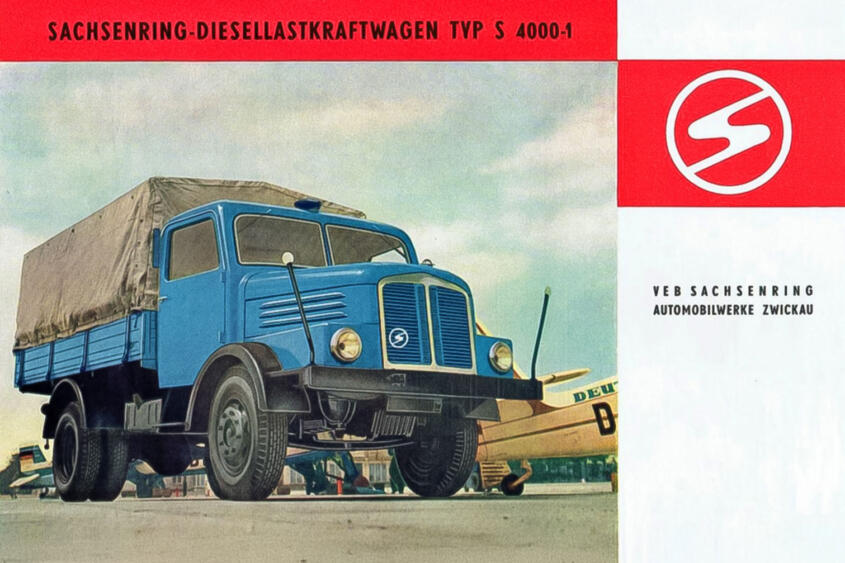
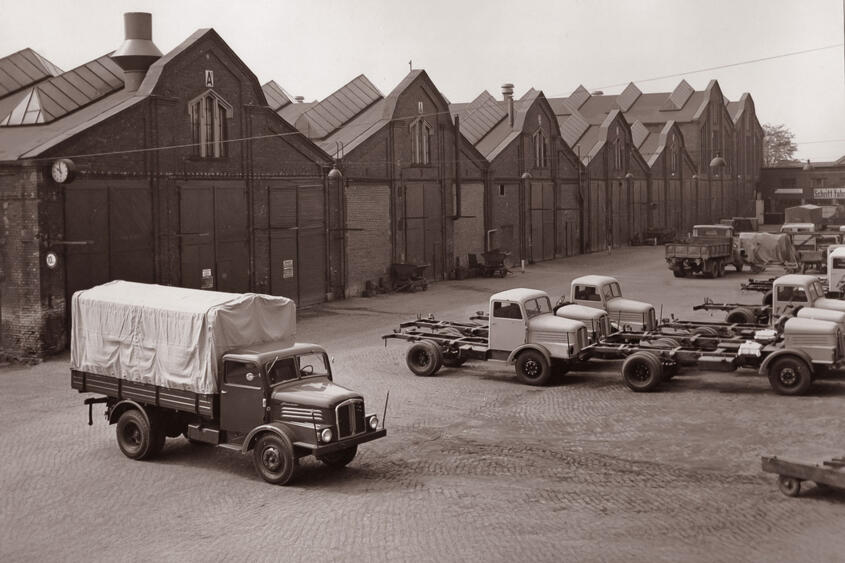
Under the motto “100 years of industrial vehicle manufacturing in Werdau,” a large vehicle meeting took place in 1998 on the former premises of the “Ernst Grube” motor vehicle factory. At that time, there was hardly any literature on trucks from Zwickau and Werdau, and there was no documentation at all on vehicle construction in Ludwigsfelde. So at the vehicle meeting, there was a great deal of uncertainty about when and where the vehicles were built and in what quantities. The first step was therefore to compile documentation on the Werdau vehicles. I began intensive research in various archives. I should note that all documents from the former Werdau motor vehicle factory were distributed among the Dresden Transport Museum, the Chemnitz State Archives, the Werdau District Archives, and the Werdau Steam and City Museum. This fragmentation made the search for information considerably more difficult.
The first result of my research was the book “Geschichte des Zwickauer und Werdauer Nutzfahrzeugbaus” (History of Commercial Vehicle Manufacturing in Zwickau and Werdau), published in 2002. It was the first book to describe the entire history of the Werdau truck manufacturer, which was founded in 1898 as the Saxon Wagon Factory. In the 1920s and 30s, the Schumann vehicle body builder plant was located there, and from 1952 onwards, it was home to the VEB IFA Kraftfahrzeugwerk “Ernst Grube” Werdau. The plant became very important due to its production of trucks and buses, as it was the only company in the GDR that manufactured vehicles with a payload of more than three tons. The H6 truck, the G5 off-road truck, and the H 6 B bus were important for freight and passenger transport in East Germany. From 1960, production of the S 4000-1 conventional truck from Zwickau was added. During this time, the W 50 cabover was also developed in Werdau until it was ready for series production. After truck production was discontinued in 1967, the plant made a name for itself with the production of trailers and semi-trailers. In 1990, this production also came to an end and the plant was divided into various companies.
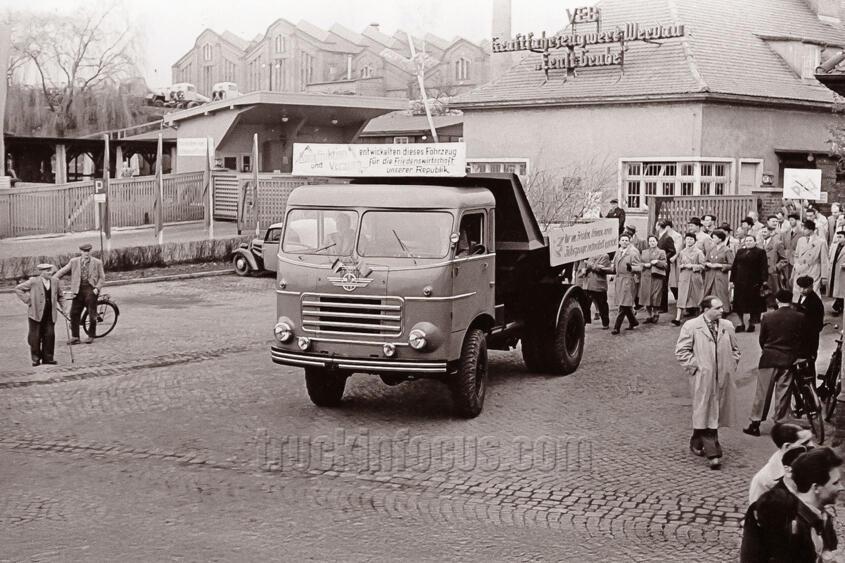
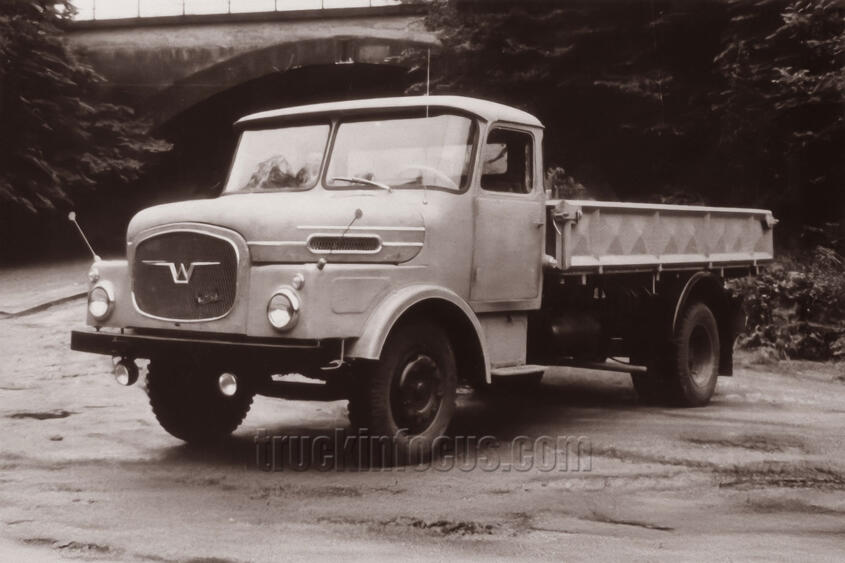
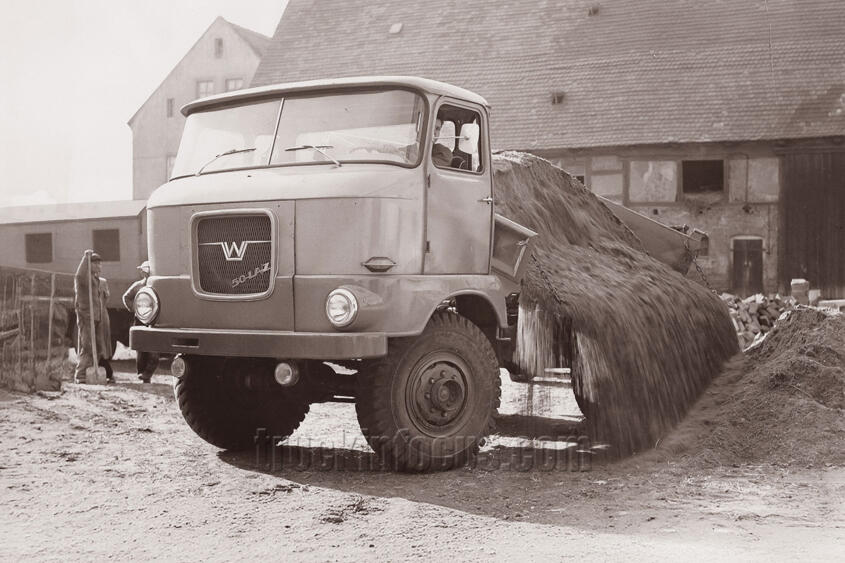
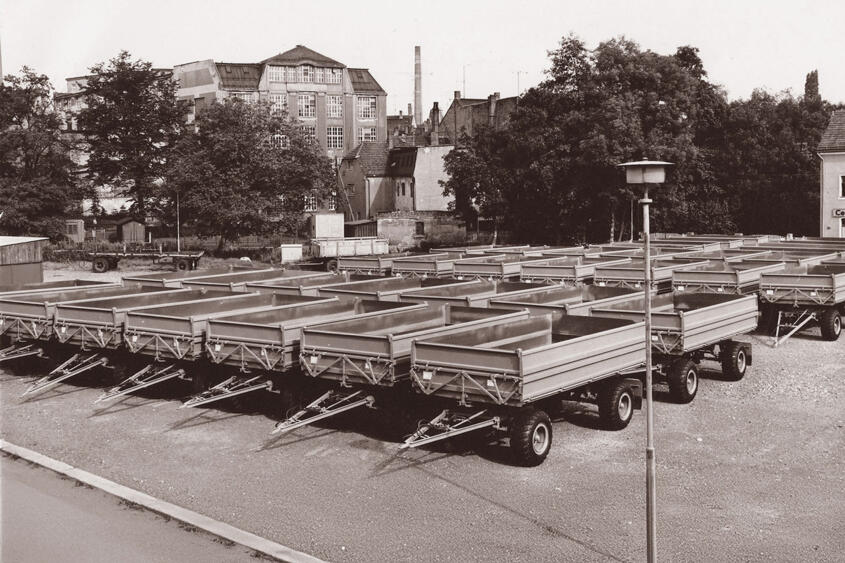
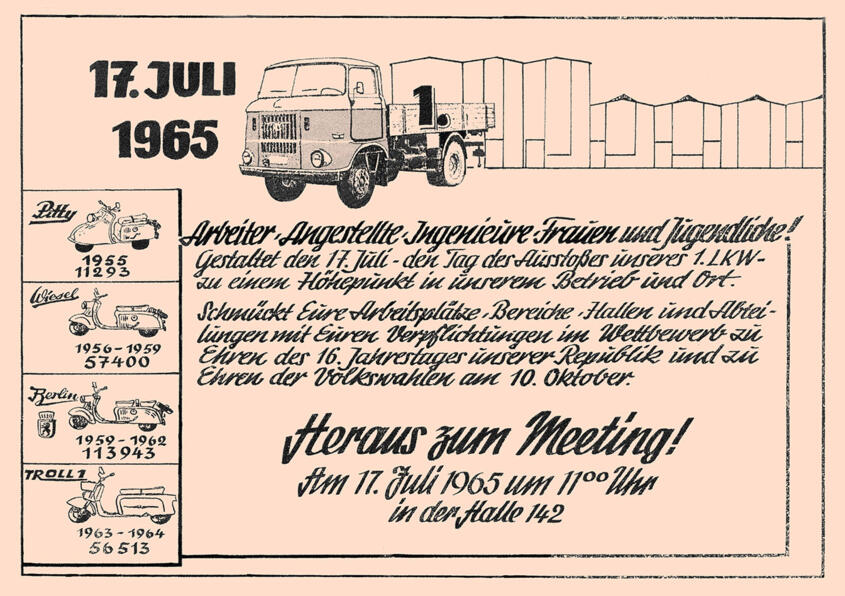
However, the W 50 truck, which was developed in Werdau to series production readiness, was not to be built there. It was decided that the W 50 would be produced in Ludwigsfelde. How did this come about? Initially, there was no documentation on this either. After researching the local archives in Ludwigsfelde and consulting with a number of private individuals, my book “Der gebremste Lastkraftwagen – Die Lkw W 50 und L 60 aus Ludwigsfelde” (The Braked Truck – The W 50 and L 60 Trucks from Ludwigsfelde) was published in 2003. In it, I described in detail for the first time the truck construction in Ludwigsfelde and the curious birth of the successor model, the L 60. There were also setbacks in the development of this new vehicle, which was supposed to meet international standards: many prototypes were created, all of which were rejected. Finally, production of the successor model L 60 began in 1987. However, this production also came to an end after three years, as all truck production in the GDR ceased in 1990.
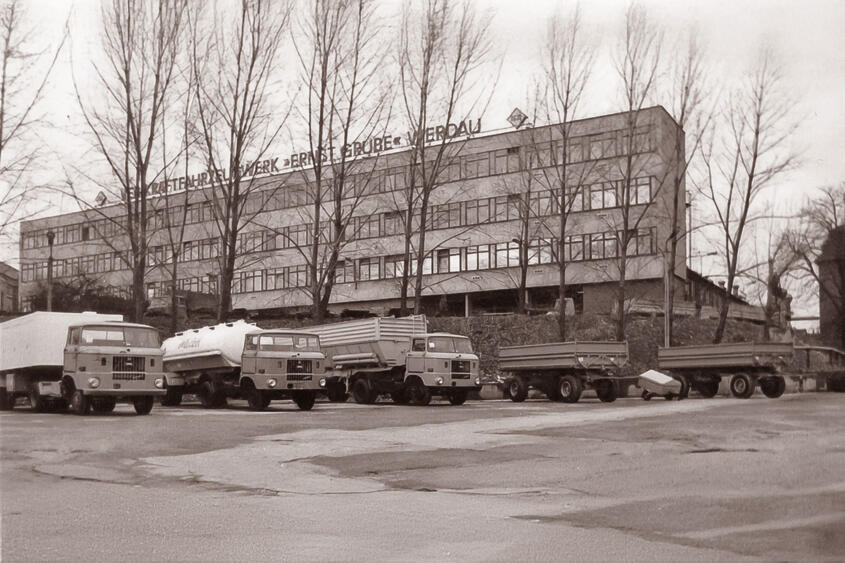
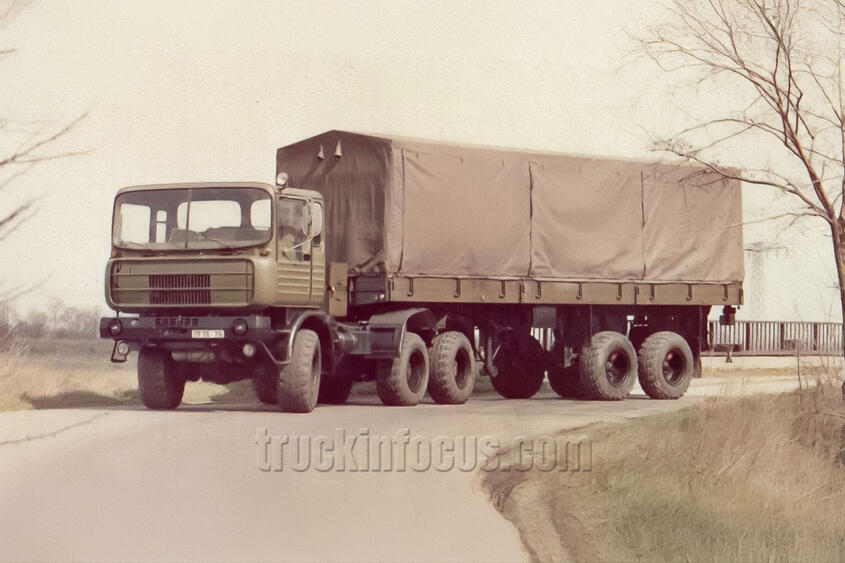
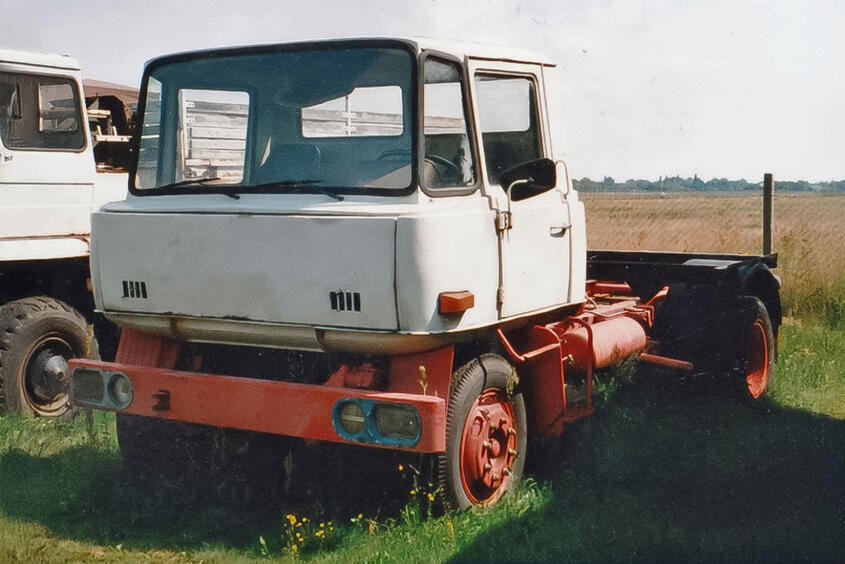
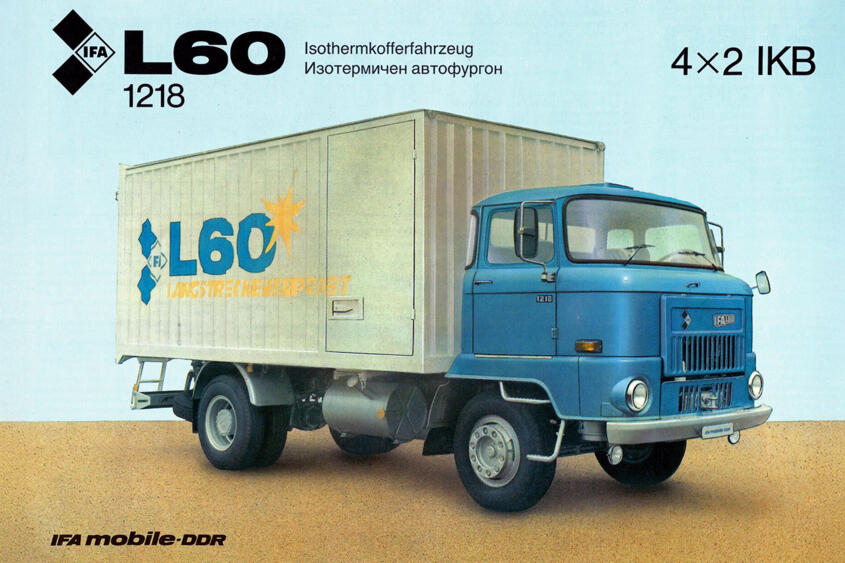
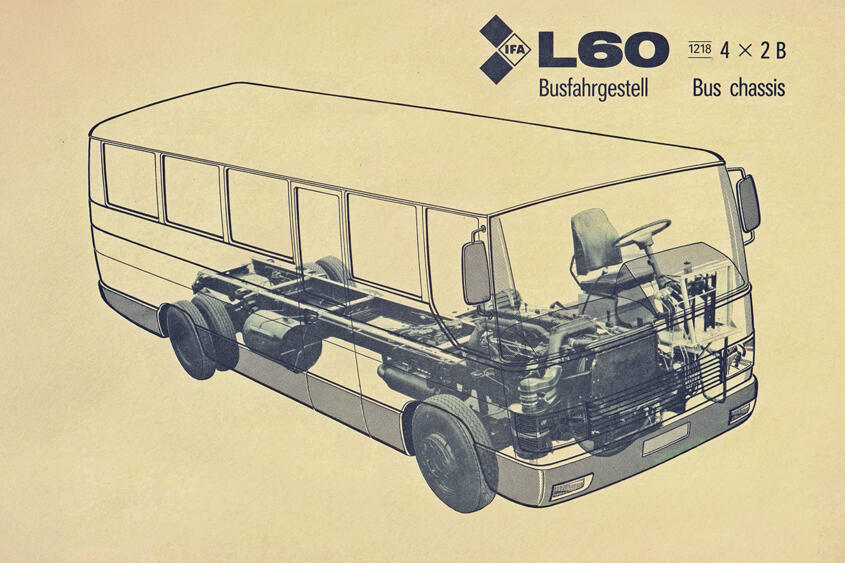
If you would like to purchase Günther Wappler's book “Trucks from Zwickau, Werdau, and Ludwigsfelde,” you can order it from the Podszun publishing house. Simply click on this link!